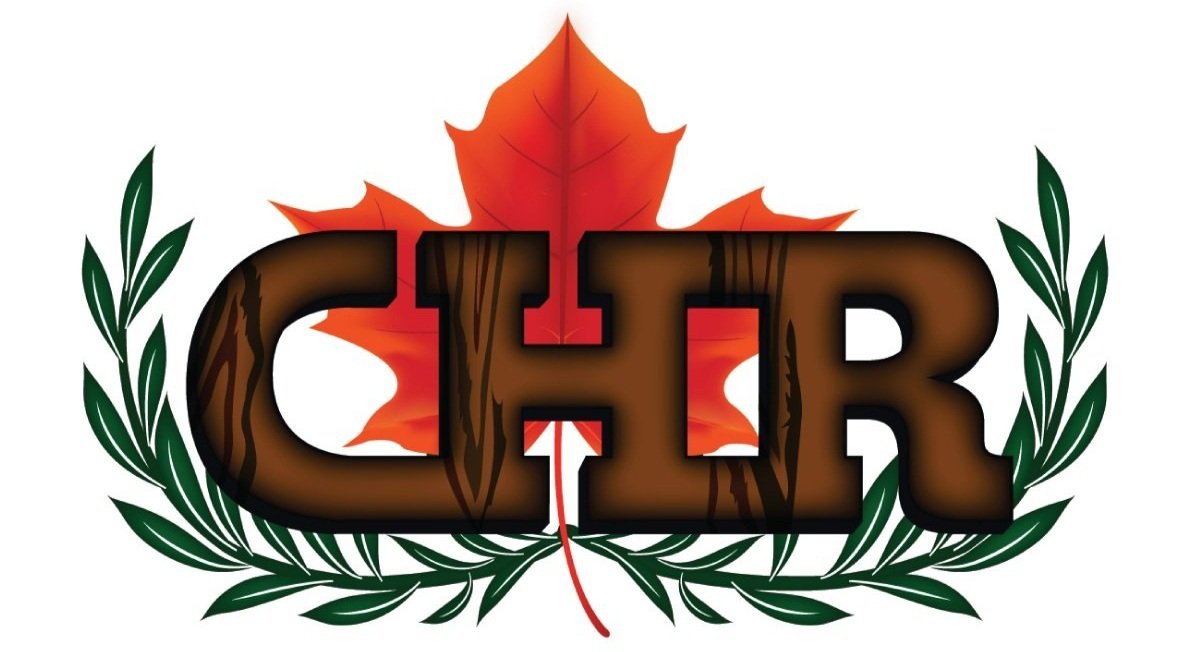Barn Beams with Urethane Finish CHR
Barnwood Characteristics:
CHR barnwood is harvested from dismantling barns no longer in use near the GTA. Since these barns were central to our ancestors’ farms and way of life, reusing the wood helps preserve a piece of our nation’s history.
CHR barnwood is an eco-friendly consumer choice for a few reasons. It comes from locations closer than other locally sold wood products, is reusable, and will generally increase in value.
CHR barnwood is a variety of old-growth wood, including hemlock, pine, cedar, oak, maple, and other wood varieties. Most logs were cut by hand, pulled by horses, and shaped by hardworking settlers.
CHR barnwood has inconsistencies such as knots, grain lines, cracks, nail holes, rust marks, saw lines, use markings, and other reclaimed features.
Every piece of wood changes over time, but barnwood has been individualized and exposed to the weather for more than a century.
Barn Boards:
Barn boards come in three main varieties:
1) Weathered siding boards
2) Hay mow, threshing, or granary floor boards
3) Roof boards with black nail hole decay marks.
Sizes:
1) Siding and roof boards vary from about 3/4 - 1" inch thick, 5 - 15" wide, and up to 15' long.
2) Granary and floor boards are close to 2" thick, 5 - 12" wide, and up to 10' long.
Barn Beams:
Barn beams and posts are either hand hewn (made with an adze), and are from earlier years, or are sawmilled beams, from more recent years.
Timber frame joinery cuts and notches such as mortise and tenon, as well as other reclaimed wood features (knots, cracks, nail holes and other character marks), add to the rustic appeal of barn beams.
In many cases these beams are perfectly fine; in others they have suffered from water damage in some places, often due to a leaking roof. Even the most well preserved beams cannot be used in the supporting structure of new buildings, unless they are specially approved.
In non-structural renovations, barn beams can be used in many ways.
Sizes:
1) Barn beams generally range from 7”x7”-10”x10.”
2) Barn beams can be used in their current dimensions or can be milled to any size by CHR.
Barn Rafters, Braces etc:
Rafters are part of the supporting structure of roof systems. They are excellent building materials for the structural parts of barnwood furniture.
Braces are the pieces that help support the timber frame structure, existing on 45 degree angles between the posts and the beams.
Sizes:
1) Barn rafters and braces generally range from 3”x3”-4”x4.”
2) Barn rafters and braces can be sized to any dimensions and used for many purposes.
Barn Stone:
The stone used in barn foundations came from the land surrounding the barn and near the settler’s property. This stone is often referred to as field-stone. They are a mix of many kinds of stone as they are left over from the last ice age, and in Southern Ontario are typically granite.
Any stone with two flattish sides was a good stone for building, yet hand-split field stones were most desirable. These were typically used at the front of a barn foundation, where their colour and unique character could be seen.
Barn masonry was usually made from crushing and burning limestone in log fires, separating the ash and lime powder before it gets rained on, and storing it with whatever means available. This lime powder was the active ingredient in many ancient masonry building techniques. For barn construction; settlers, farmers, and stone masons typically mixed 3 parts lime and 9 parts sand with water to form masonry.
It is common to see little white chunks in the masonry of old barns. These are pockets of lime that either did not come in contact with water, or were touched by water before the mixing process. Horse hair, grass, and insect fossils are some of the other unique finds during the investigation of stone foundations and century old masonry work.


